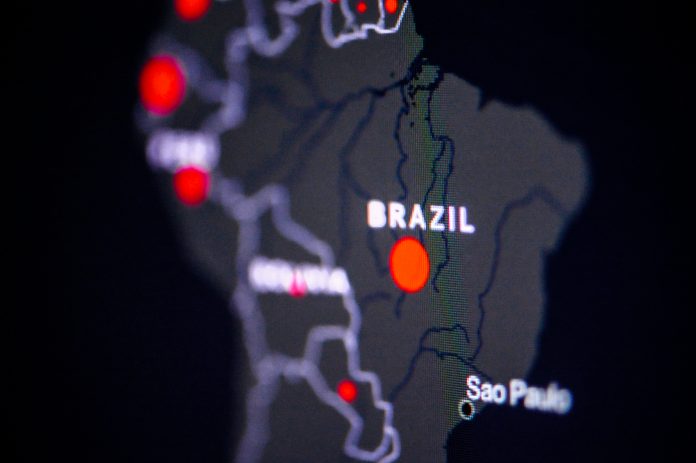The city of Manaus was hit so overwhelmingly by the Brazilian COVID mutation, it was believed that 75% of the population had COVID – what new facts are scientists learning about this powerful variant?
The city of Manaus is the 7th largest in Brazil, named after the Indigenous Manaós people. With a population of over 2 million, the city is thought to have reached the parameters of infection required for ‘herd immunity’. Over 75% of the population is thought to have been infected by COVID-19.
Brazil is one of the hardest hit countries, with approximately 400,000 recorded deaths and 14.5 million cases. In the absence of a full vaccination scheme, mutations and variants have extra time to craft a more transmissible version of the virus relatively uninterrupted. The UK variant is known to be 45% more infectious than the original form of COVID. The spike itself is mutating to be more offensive to the human body.
Recent scenes in India draw the horrified gaze of the world. A “double mutation” is thought to be partially responsible for the speed and ferocity of transmission.
Dissecting the Brazilian COVID mutation
Now, researchers from Brazil, the UK and University of Copenhagen are looking at the resurgence of COVID in Manaus, to dissect how the Brazilian variant works.
The second wave is hitting Brazil hard, as daily deaths rise and the healthcare system crumbles under the demand. However, Manaus never really caught a break. It has been in a freefall since early 2020, with new waves in November and December.
Corresponding author to the new study, Samir Bhatt, a researcher at the Department of Public Health at University of Copenhagen, said: “Our main explanation is that there is an aggressive variant of the coronavirus called P.1 which seems be the cause of their problems.
“Our epidemiological model indicates that P.1 is likely to be more transmissible than previous strains of coronavirus and likely to be able to evade immunity gained from infection with other strains.
P.1 has a triple spike mutation
When it comes to genetic analysis, the team found that P.1 is different from the previous strains of COVID. The Brazilian mutation has collected 17 mutations – including an important trio of mutations in the spike protein (K417T, E484K and N501Y).
The spike is what the antibodies in vaccines are generally identifying and destroying, so too many mutations of the spike can give the virus an edge against naturally created antibodies – that is, antibodies that happen in a person after they survive COVID-19.
For context, the Indian variant has a double spike mutation. This one has a triple spike mutation.
Samir Bhatt said: “Our analysis shows that P.1 emerged in Manaus around November 2020. It went from not being detectable in our genetic samples to accounting for 87 percent of the positive samples in just seven weeks.
“It has since spread to several other states in Brazil as well as many other countries around the world.”
Can P.1 avoid being taken out by antibodies?
No, not if they’re made via the vaccine. But when it comes to natural antibodies post-COVID – if that virus was a non-P.1 variant, then maybe.
The researchers concluded that P.1 is likely to be between 1.7 and 2.4 times more transmissible than other variants. They also believe that P.1 is probably able to evade between 10% and 46% of the immunity gained from infection with a different variant.
Samir Bhatt further commented: “Roughly speaking, our model incorporates many data sources such as mortality counts and genetic sequences and compares two different virus strains to see which one best explains the scenario that unfolded in Manaus. One was the ‘normal coronavirus’ and the other was dynamically adjusted using machine learning to best fit the actual events in Brazil.
“As researchers, we have to caution extrapolating these results to be applicable anywhere else in the world. However, our results do underline the fact that more surveillance of the infections and of the different strains of the virus is needed in many countries in order to get the pandemic fully under control.”














